Like dozens of 103 tenants, all the Wong children attended PS 42. Alison remembered that English was not only the language of instruction, but the common language shared by the Puerto Rican, Dominican and Chinese students.
1970s
Chinatown
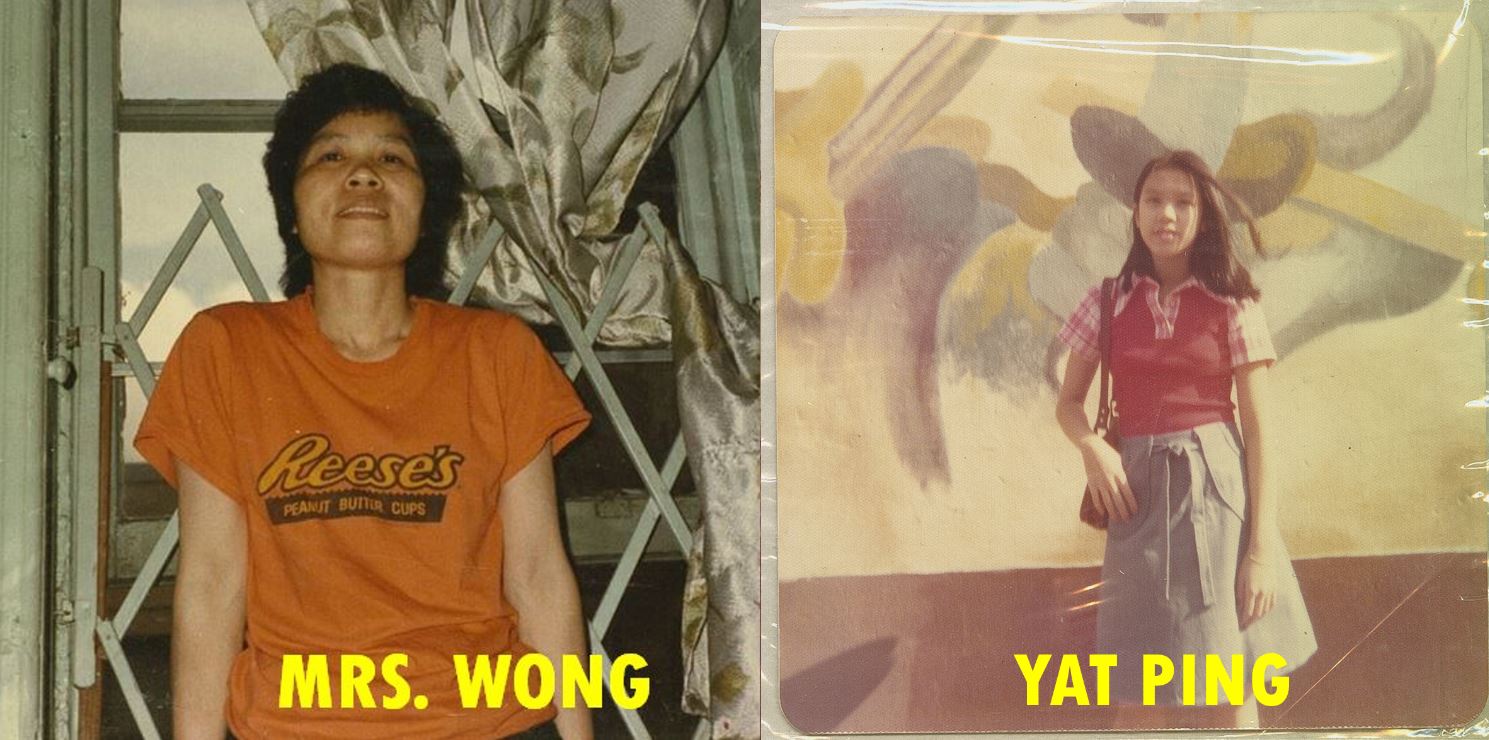
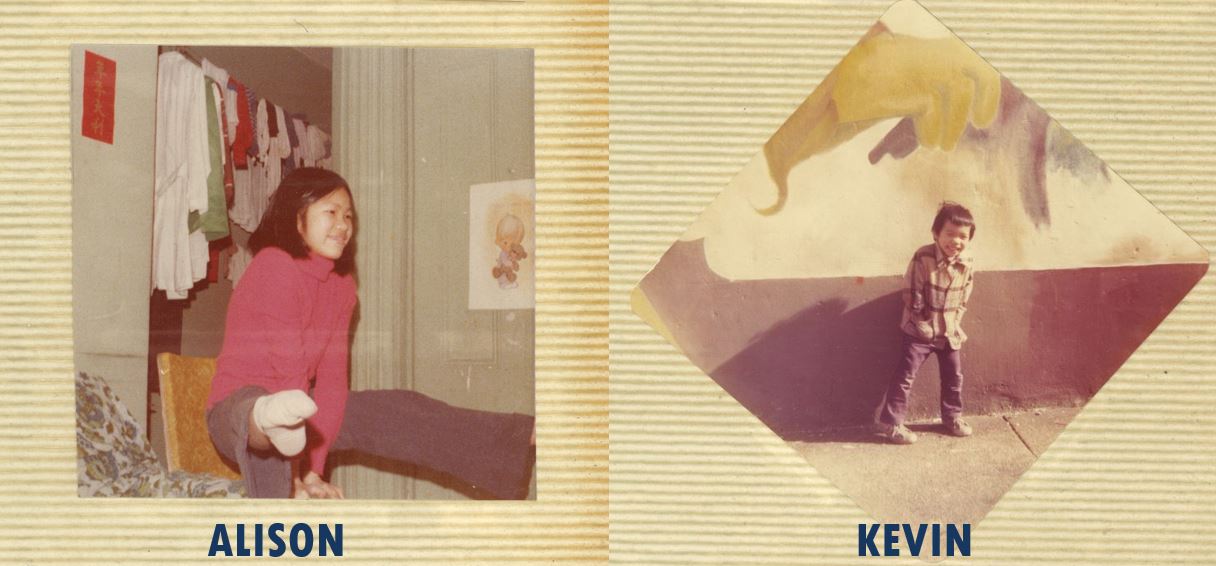
Arrival
In 1965, President Lyndon Johnson signed the Hart-Celler immigration act, abolishing the race-based quota system of 1924. For the first time since 1882, significant numbers of Asian immigrants could enter the US.
Today, with my signature, this system is abolished.”
We can now believe that it will never again shadow the gate to the American Nation with the twin barriers of prejudice and privilege.
The Garment Industry
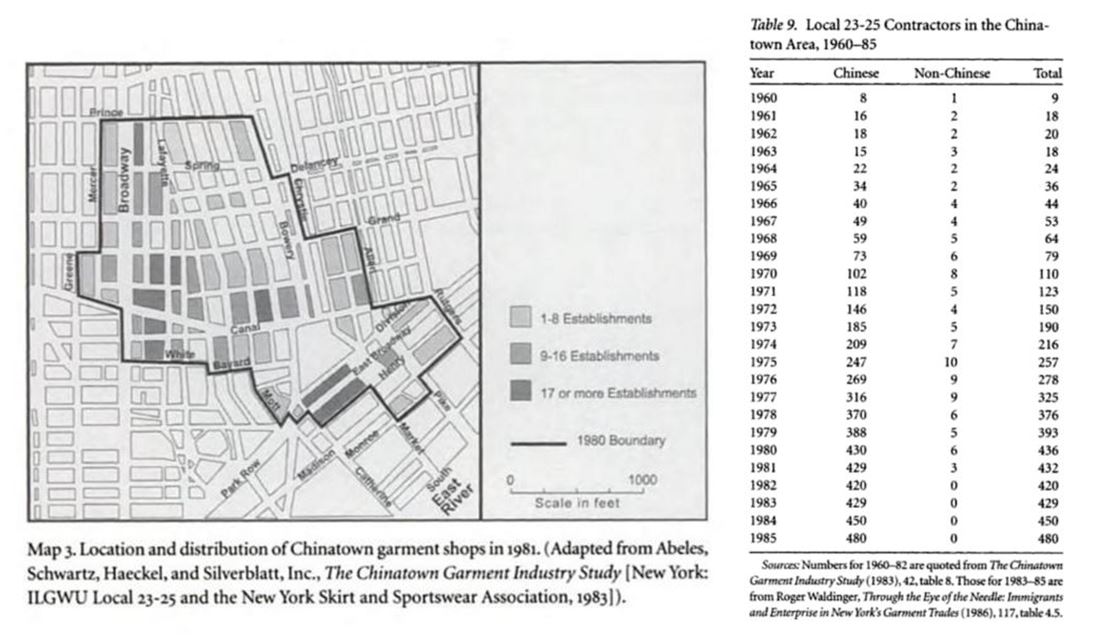
By the 1960s, New York City’s garment industry had diminished due to its movement to the American South, China, and Vietnam. Yet, Chinese entrepreneurs found opportunity in the city, becoming a vital part of a booming niche market for “quick time” garment production and opening hundreds of shops in Chinatown. A New York department store could place an order of in-demand dresses and receive it in a matter of days. By 1980, Mrs. Wong was among 20,000 Chinese women producing sportswear for brands like Anne Klein and Liz Claibourne in the Chinatown shops.
Because we didn’t have after-school daycare, your parents would pick you up and bring you to the garment factory, and you’d meet, like, half of your class up there.
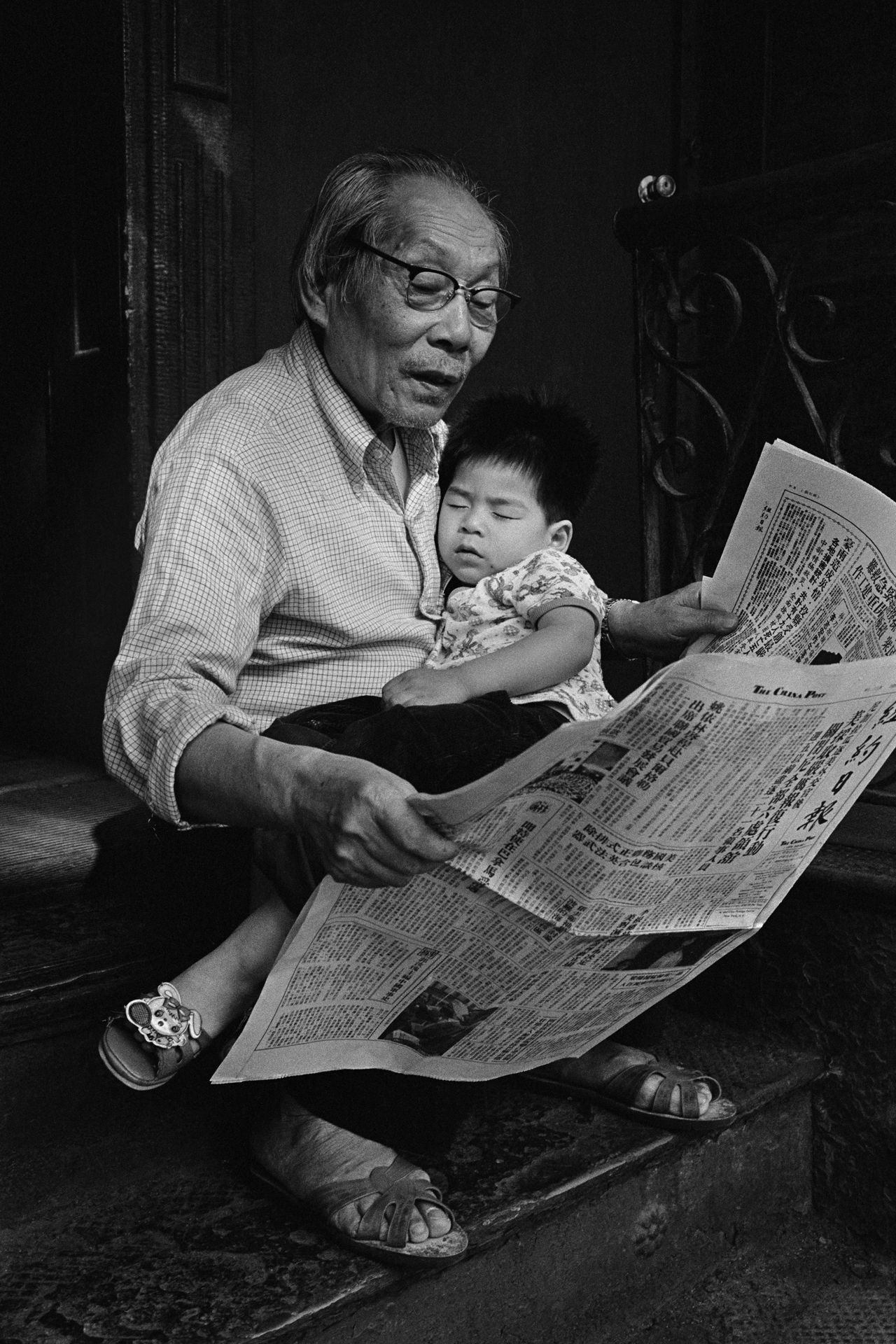
Preserve our jobs.”
Preserve our benefits.”
Preserve our rights and interests.”
Defend the union contract.”
Please participate in the garment workers’ demonstration/protest rally Date: 1982/6/24
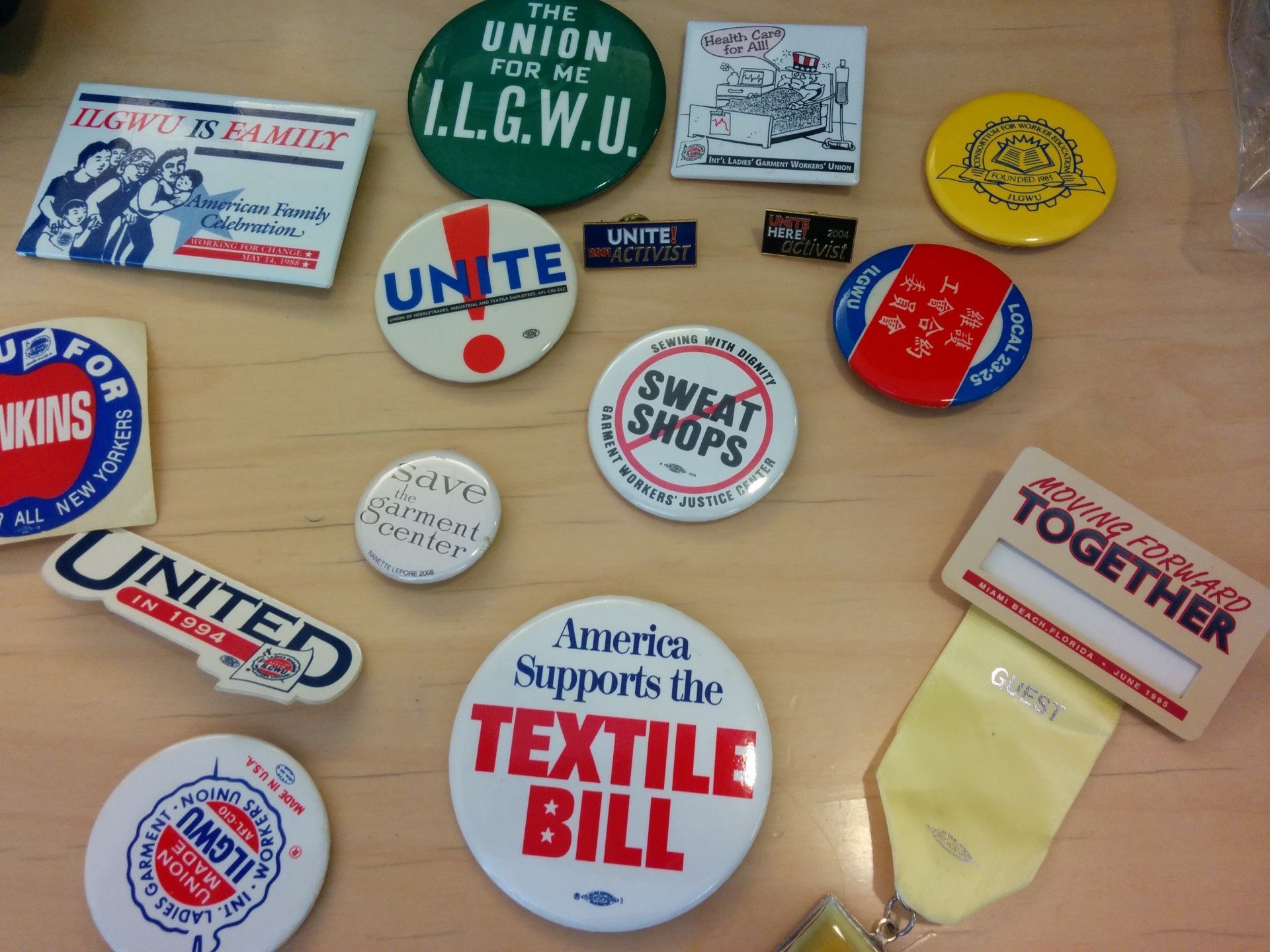
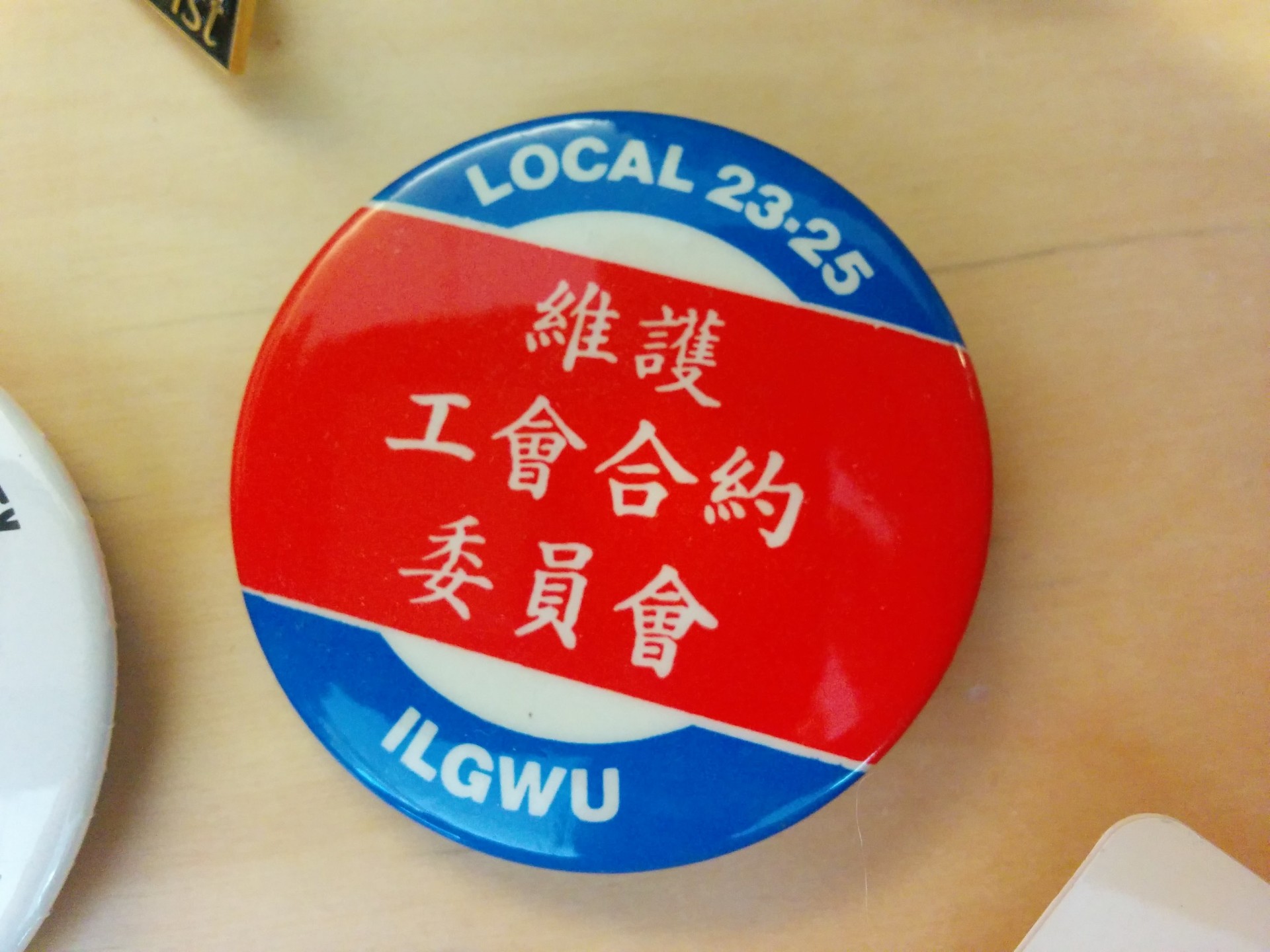
Home & School
With Yat Ping’s help, Mrs. Wong took her children to parks, playgrounds, Macy’s on Christmas, and even Niagara Falls.
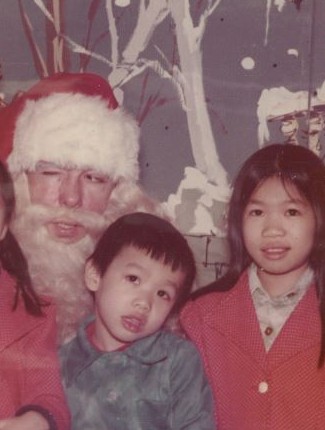
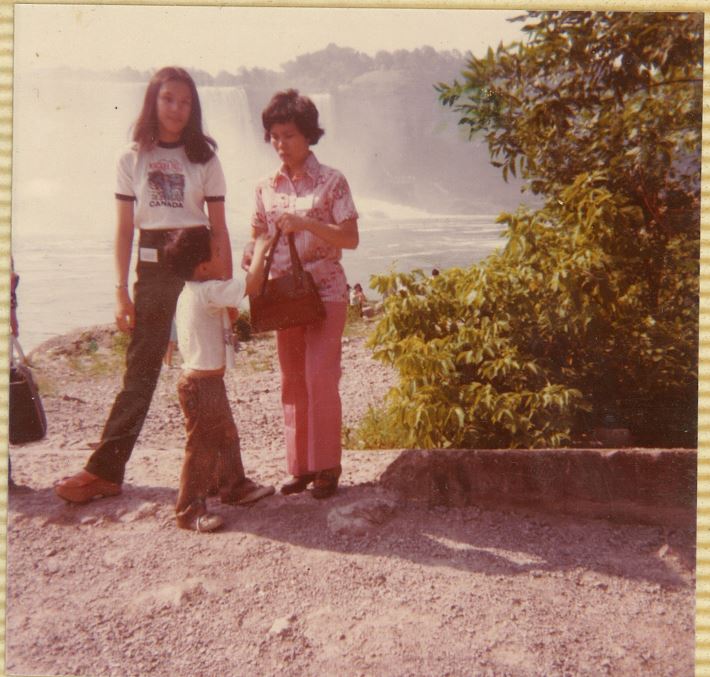
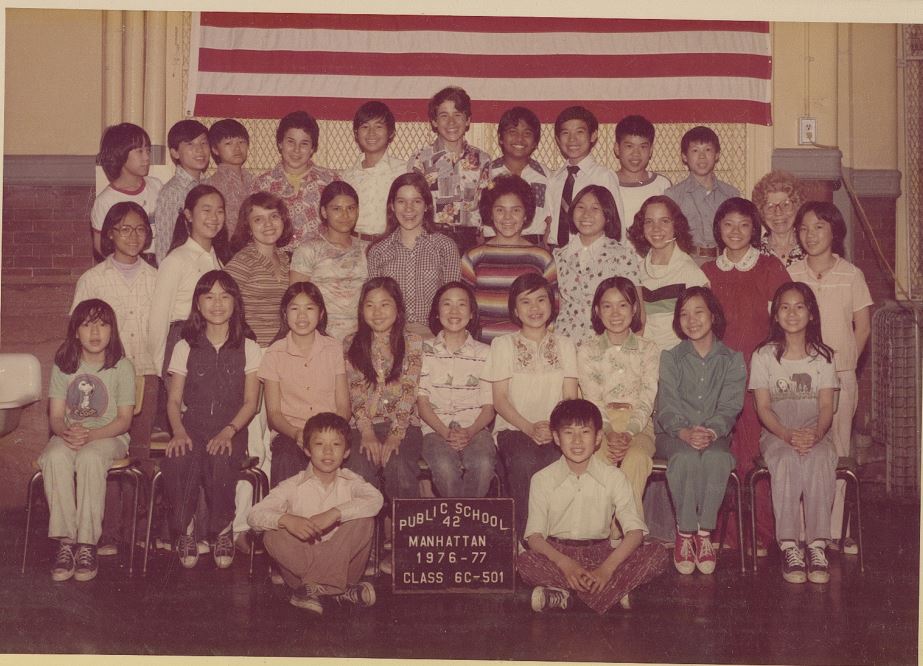
Through their hard work and savings, the Wongs sent all of their children to college.
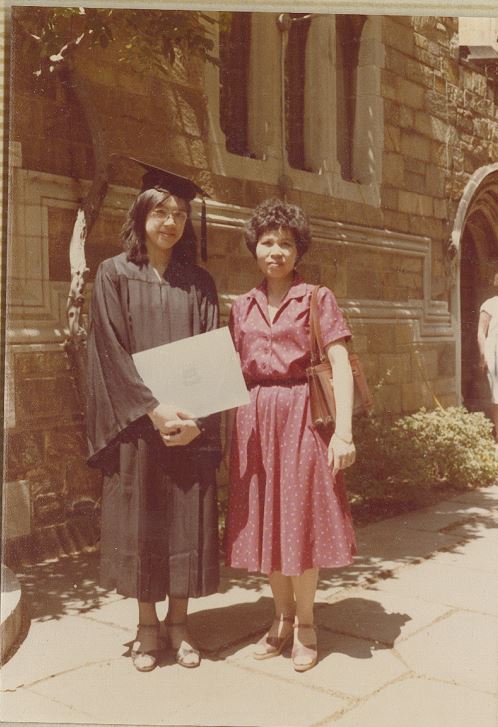
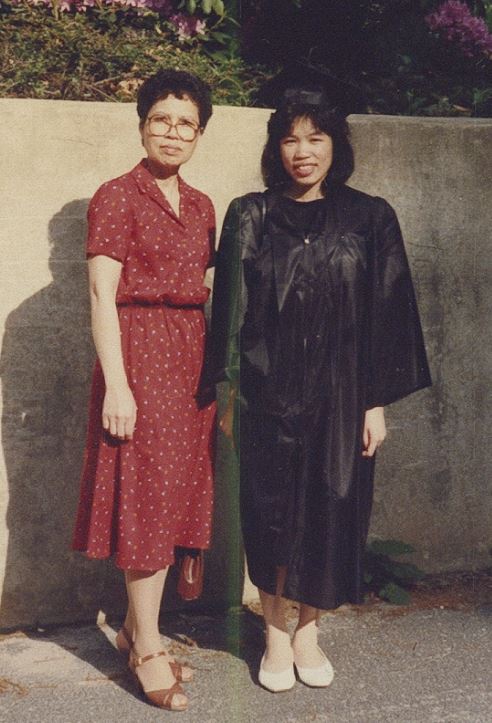
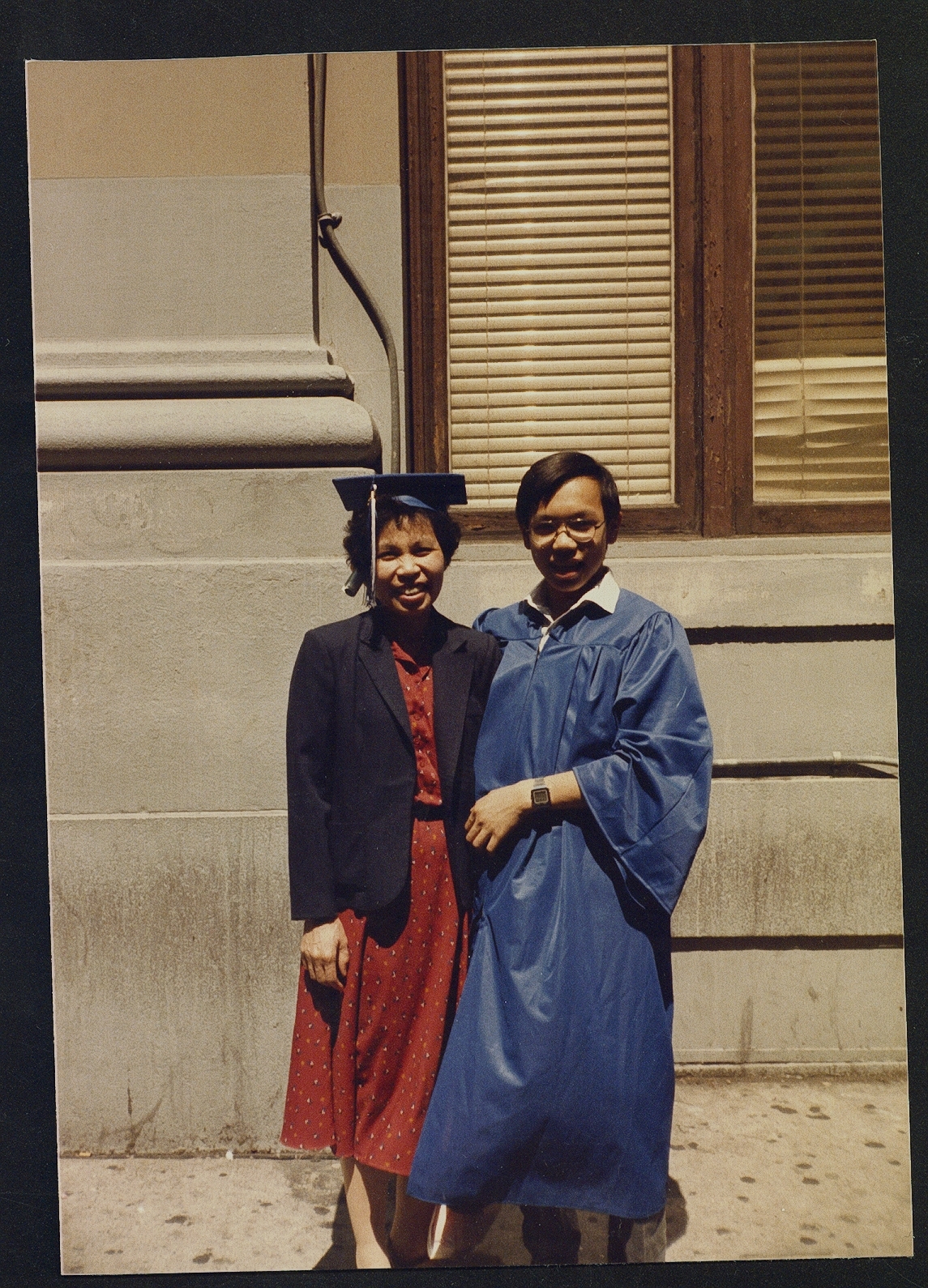
9/11
Chinatown was only ten blocks north of the World Trade Center.
After the attacks of September 11th, the neighborhood became a “frozen zone”; trucks and buses were forbidden from entering or exiting, and residents had to show ID to heavily-armed guards to return to their homes. These restrictions had grave and long-lasting repercussions to Chinatown’s economy. Globalization was already affecting the shops in the neighborhood, but after 9/11 there was a 60% decline in production.
All Chinatown businesses struggled in the months after the attacks, with the garment factories and restaurants hit the hardest. This meant workers had to go further and further out of the neighborhood to find employment, taking buses to jobs hours (and sometimes states) away.
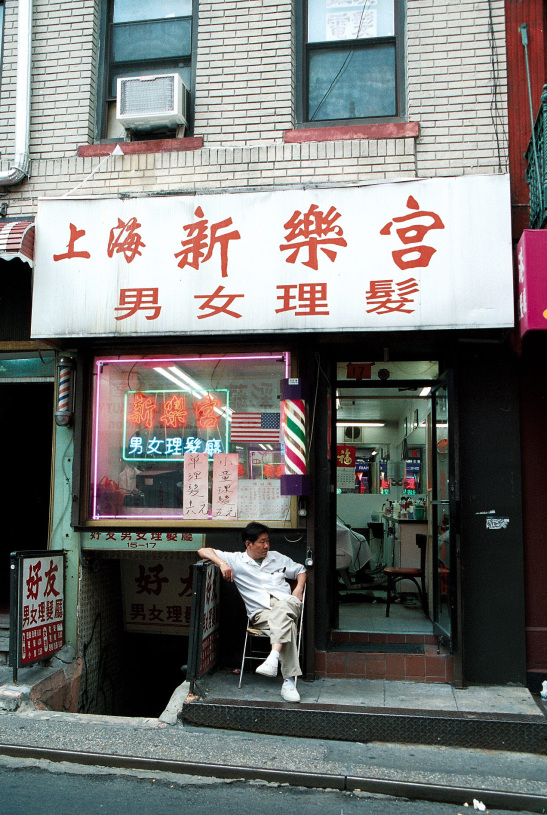
In the early 1980s, Chinatown had 430 garment shops, many of them union shops. Today there are fewer than 10, and only one union shop remains.
the wongs today
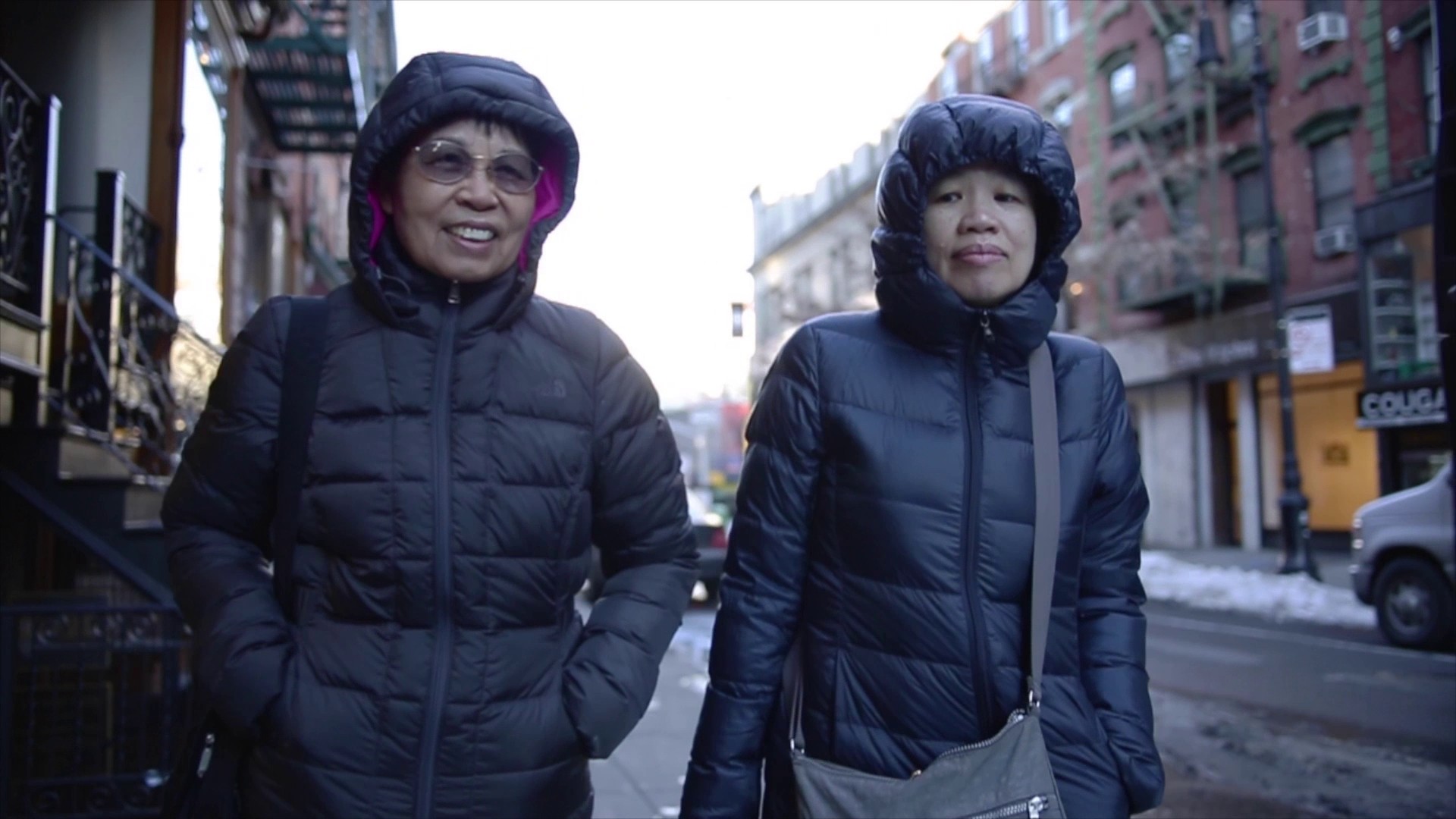
Mrs. Wong, now retired, still resides in Chinatown, where she takes dance classes and does tai chi. One daughter lives in Chinatown, the other three children live across the United States, all in different professions. They visit her often, and spend holidays together.
I am proud of her actually. Although I never said that to her. But maybe I should now that I think about it. Yeah, maybe I should. I’m really proud of her achievements.